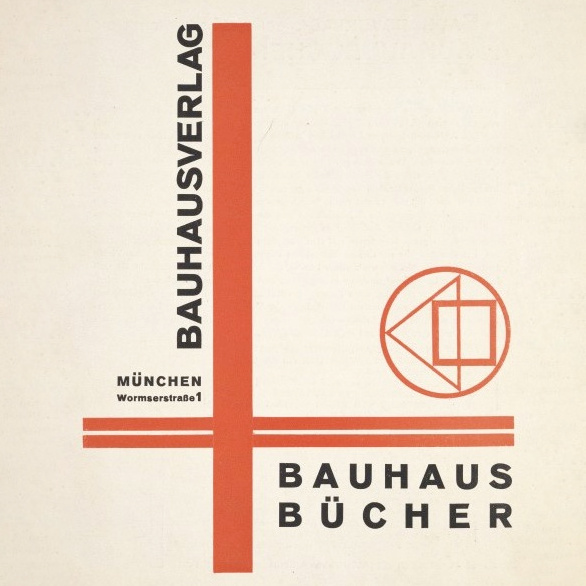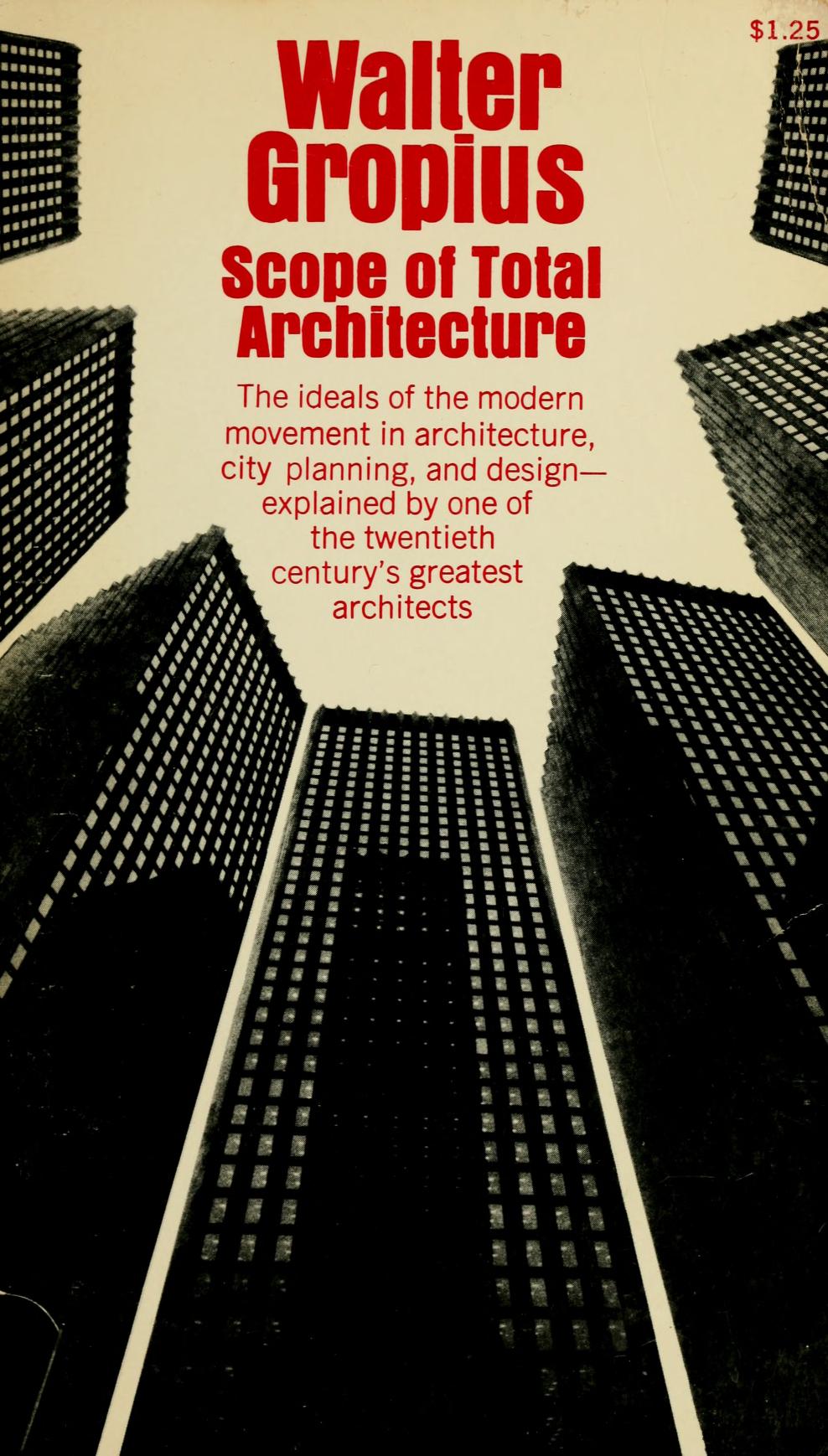Walter Gropius, L. Moholy-Nagy (eds.): Bauhaus Books, 10 vols. (1925–1930) [German]
Filed under book | Tags: · architecture, art, art education, bauhaus, dance, design, drawing, education, film, montage, painting, photography, sculpture, theatre

1. Walter Gropius, Internationale Architektur, 1925, 111 pp.
2. Paul Klee, Pädagogisches Skizzenbuch, 1925, 50 pp.
4. Die Bühne am Bauhaus, 1925, 84 pp.
7. Walter Gropius (ed.), Neue Arbeiten der Bauhauswerkstäffen, 1925, 115 pp.
8. L. Moholy-Nagy, Malerei, Fotografie, Film, 1925/27, 140 pp.
9. Kandinsky, Punkt und Linie zu Fläche: Beitrag zur Analyse der malerischen Elemente, 1926, 190 pp.
10. J.J.P. Oud, Holländische Architektur, 1929, 107 pp.
11. Kasimir Malewitsch, Die gegenstandslose Welt, 1927, 104 pp.
12. Walter Gropius, Bauhausbauten Dessau, 1930, 221 pp.
14. László Moholy-Nagy, Von Material zur Architektur, 1929, 241 pp.
Publisher Albert Langen, Munich, 1925-1930
via Bibliothèque Kandinsky
Download all 10 volumes through Monoskop wiki
Comment (0)Walter Gropius: Scope of Total Architecture (1956/1962)
Filed under book | Tags: · architecture, bauhaus, design, perception, urbanism

A collection of essays by founder of the Bauhaus.
First published by Harper, 1956
This edition published by Collier Books, 1962
Fourth printing, 1970
158 pages
PDF (41 MB, no OCR)
Comment (0)Julia Vaingurt: Wonderlands of the Avant-Garde: Technology and the Arts in Russia of the 1920s (2013)
Filed under book | Tags: · 1920s, aesthetics, architecture, art, art history, avant-garde, biomechanics, body, cinema, communism, constructivism, design, literature, machine, politics, russia, science fiction, sexuality, socialism, soviet union, technē, technology, theatre

“In postrevolutionary Russia, as the Soviet government was initiating a program of rapid industrialization, avant-garde artists declared their intent to serve the nascent state and to transform life in accordance with their aesthetic designs. In spite of their professed utilitarianism, however, most avant-gardists created works that can hardly be regarded as practical instruments of societal transformation. Exploring this paradox, Vaingurt claims that the artists’ investment of technology with aesthetics prevented their creations from being fully conscripted into the arsenal of political hegemony. The purposes of avant-garde technologies, she contends, are contemplative rather than constructive. Looking at Meyerhold’s theater, Tatlin’s and Khlebnikov’s architectural designs, Mayakovsky’s writings, and other works from the period, Vaingurt offers an innovative reading of an exceptionally complex moment in the formation of Soviet culture.”
Publisher Northwestern University Press, 2013
SRLT series
ISBN 0810128942, 9780810128941
322 pages
via Sorin
Review: Boris Dralyuk (NEP, 2013), Tim Harte (Slavic Review, 2014).
PDF (updated on 2022-11-12)
See also the science-fiction film Aelita, Queen of Mars, dir. Yakov Protazanov, 1924, 111 min, based on Tolstoy’s novel.
Comments (2)
